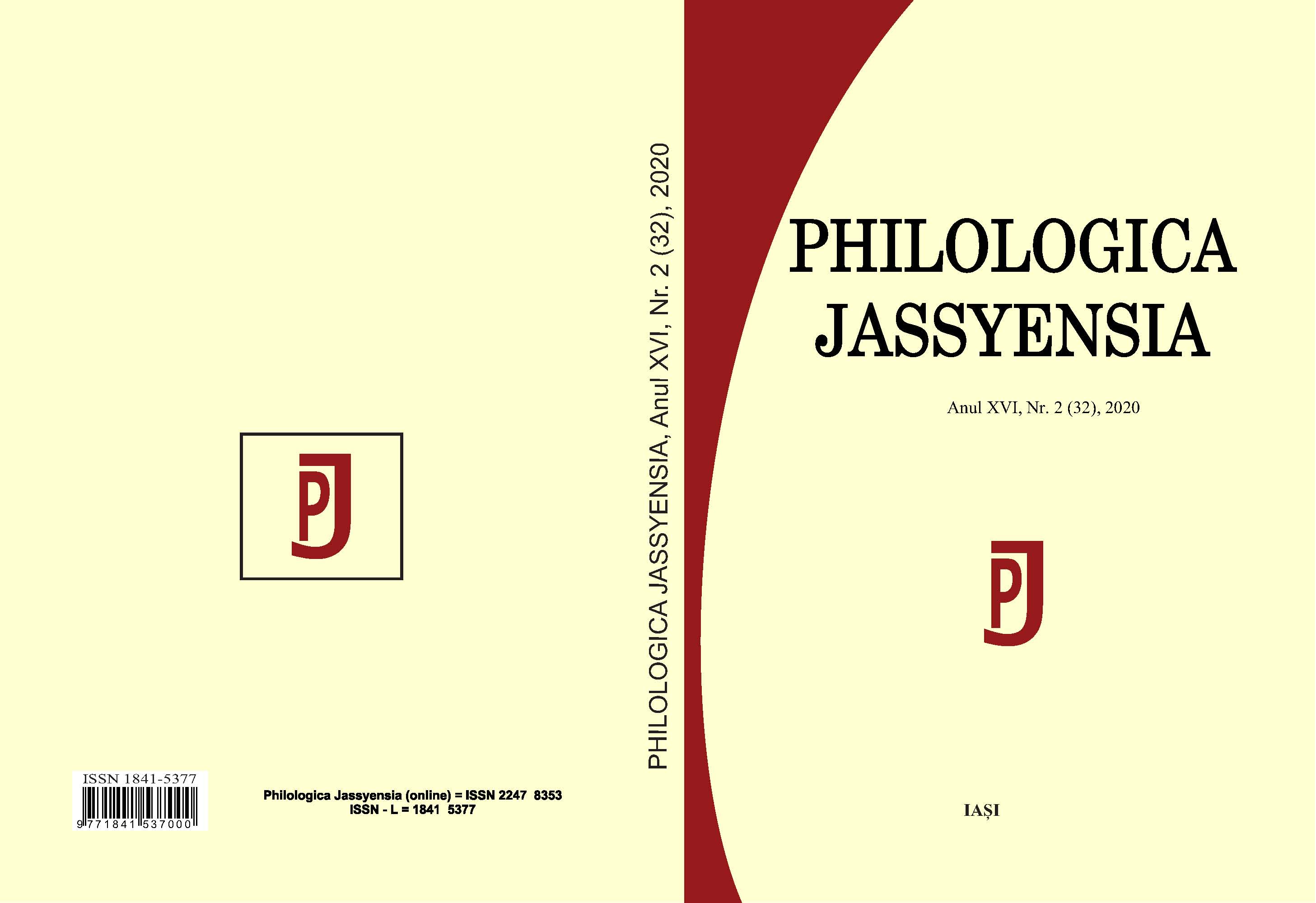O aplicație la teoria trăsăturilor dialectale tipice. Cazul unor graiuri de tip moldovenesc din două sate de romano-catolici din zona Romanului
An Application of the Typical Dialectal Features’ Theory. The Case of the Moldavian Patois Spoken in Two Roman Catholic Villages in the Roman City Area
Author(s): Luminiţa BotoşineanuSubject(s): Historical Linguistics
Published by: Editura Tracus Arte
Keywords: typical features; atypical features; absolute typicality; relative typicality; Moldavian patois;
Summary/Abstract: Due to its accelerated modernization that raises special problems, challenges and discussions (among others, the intergenerational stratification, the way the speakers are reporting themselves to the norm, the linguistic homogeneity, etc.), the situation of the Romanian language spoken in Rotunda and Săbăoani is a continuous process. Since the change seems to be oriented in the direction of diminishing regional “roughness”, with significant consequences concerning the very profile of the local variety of the Romanian language, it appears as legitimate to verify, based on certain features (typical: absolute or relative, in terms of Ion Gheție), to what extent it falls within the dialectal unit of higher rank. The observation that the set of Moldavian distinctive elements (diagnostic features) is partially respected, especially by the more conservative generation, cannot, however, generate definitive conclusions regarding the position of the Rotunda and Săbăoani idioms in the area of Moldavian speeches. Beyond the assumption that, considering its conditions, the investigation could have at least partially distorted the results (through self-control practiced by speakers while communicating with outsiders), there is a possibility that this modernization process may have affected other Moldavian idiomatic varieties to a similar extent. However, as long as our reference for the Moldavian dialectal ensemble is given by a 50 years old geolinguistic research, only the issue of a new Romanian linguistic atlas, by regions, could compensate this shortcoming.
Journal: Philologica Jassyensia
- Issue Year: XVI/2020
- Issue No: 2 (32)
- Page Range: 31-44
- Page Count: 14
- Language: Romanian

